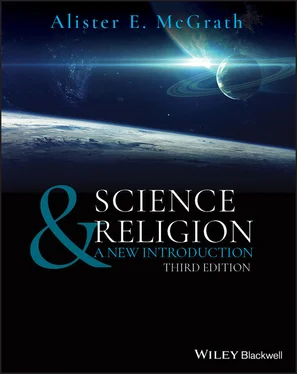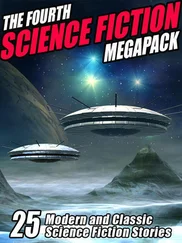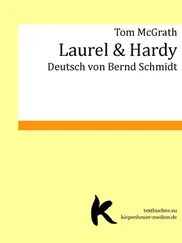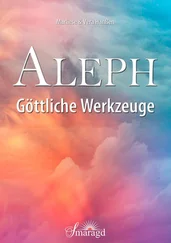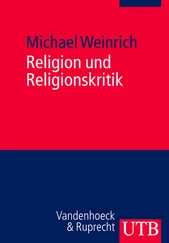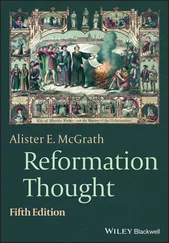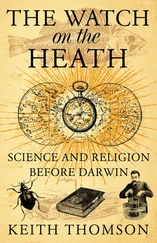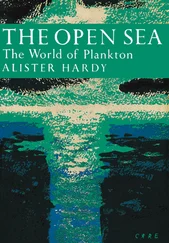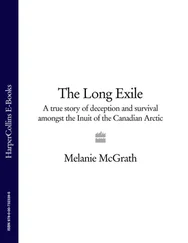More seriously, the model is purely intellectual in its approach, concerning how ideas are held together. What about the social and cultural aspects of the matter, which play such an important role in any attempt to understand how the interaction of science and religion works out in practice, either in the past or the present? There has been a growing trend in recent scholarship to shift the analysis away from a purely intellectual approach to the interaction of science and religion, in order to consider their symbolic and social dimensions, where the interaction is much more nuanced.
Furthermore, the historical context often needs close examination. Supposed tensions and conflicts between science and religion, such as the Galileo controversy, often turn out to have more to do with papal politics, ecclesiastical power struggles, and personality issues than with any fundamental tensions between faith and science. Historians of science have made it clear that the interaction of science and religion is determined primarily by the specifics of their historical circumstances, and only secondarily by their respective subject matters. There is no universal paradigm for the relation of science and religion, either theoretically or historically.
The case of Christian attitudes to evolutionary theory in the late nineteenth century makes this point particularly evident. As the geographer and intellectual historian David Livingstone demonstrated in his ground‐breaking study of the reception of Darwinism in two very different contexts – Belfast, Northern Ireland, and Princeton, New Jersey – local issues and personalities were often of decisive importance in determining the outcome, rather than any fundamental theological or scientific principles.
Nevertheless, despite its limitations, the framework set out by Barbour remains helpful as a means of approaching the field of science and religion studies. It represents a useful description of possible approaches but should not be pressed too far in terms of a rigorous analysis of the issues. Perhaps it could be thought of as a useful sketch of the terrain, rather than as a detailed and precise map.
This sketch has been extended by others working in the field, such as Ted Peters, who suggests that ten approaches can be discerned, four of which rest on the assumption of conflict between science and religion and six of which offer approaches which assume there is a truce or even a potential partnership between them. Peters describes these as follows:
The first four assume conflict or even war: (1) scientism; (2) scientific imperialism; (3) theological authoritarianism; and (4) the evolution controversy. Six additional models assume a truce or even more, they pursue partnership: (5) the Two Books; (6) the Two Languages (separation; independence); (7) ethical alliance; (8) dialogue leading to creative mutual interaction; (9) naturalism; and (10) theology of nature.
Four Ways of Imagining the Relation of Science and Religion
Complex relationships are often best represented visually or imaginatively. Analogies and metaphors are helpful in exploring disciplinary boundaries, mapping complex structures, and framing potential relationships. In this section, we shall consider four ways of imagining the relation of science and religion. The first three make no religious assumptions; the fourth is based on some Christian assumptions, making it helpful for those who work within this way of thinking, although perhaps less useful for those who do not share its core theological assumptions. In what follows, we shall consider four ways of envisaging or imagining the relation of science and religion. They are not ‘models’, as this word is normally used, but are rather lenses or frameworks which allow us to visualize possible relationships.
Science and Religion Offer Distinct Perspectives on Reality
The first analogy invites us to see science and religion as offering distinct perspectives on a complex reality. I shall explore this approach as it is presented in the writings of Charles A. Coulson, one of the pioneers in the dialogue between science and religion. Coulson was Professor of Theoretical Chemistry at Oxford University and author of Science and Christian Belief (1955), an influential account of the relation of the natural sciences and Christianity.
Coulson was an enthusiastic mountaineer and illustrated his approach with the Scottish mountain Ben Nevis. Coulson invited his readers to join him in an imaginative walk around this mountain and reflect on how the mountain appeared when viewed from different angles of approach. Seen from the south, the mountain presents itself as a ‘huge grassy slope’; from the north, as ‘rugged rock buttresses’. Regular visitors to the mountain are familiar with these different perspectives. ‘Each looks at the mountain; each sees certain things and each tries to describe his encounter with the mountain in terms that make sense. Each devises a language that is suitable for his particular purpose.’ The complex structure of Ben Nevis cannot be grasped fully from any single angle of approach. ‘Different views of the same reality will appear different, yet both be valid.’ A full description requires these different perspectives to be brought together, and integrated into a single coherent picture. The whole is the sum of these multiple perspectives.
It was a simple analogy, and it is easily applied to the relation of science and faith. Coulson's core insight is that ‘different viewpoints yield different descriptions’. A scientist, a poet, and a theologian each offers a distinct perspective on the complex reality of our experience. Each describes what they see using their own distinct language and imagery. For Coulson, this shows the need for an overall, cumulative, and integrated picture of reality, with both science and religion offering their own perspectives, each of which is valid yet incomplete .
The human experience of reality is complex, and there is space for both scientific and religious approaches to grasping that reality. ‘The two worlds are one, though seen and described in appropriate terms; and it is only the man who cannot, or will not, look at it from more than one viewpoint who claims an exclusive authority for his own description.’ Coulson recognized that some scientists and theologians claimed their own insights represented a monopoly on truth. His view, however, was that they both offered partial insights, which needed to be woven together into a more complete and reliable picture.
This is a helpful approach. However, it offers a somewhat flat account of reality. Many would argue that reality is multi‐layered, and that each of these layers needs to be explored in a distinct way, adapted to its characteristics. This leads us neatly into the second approach we need to consider.
Science and Religion Engage Distinct Levels of Reality
The theoretical physicist Werner Heisenberg is one of many influential scientists who emphasize that it is not possible to speak of ‘ the scientific method’. Each scientific discipline develops its own research methods, which are adapted to its research tasks and field of inquiry. ‘We need to remember that what we observe is not nature itself, but nature as it is disclosed by our methods of investigation.’ Heisenberg's point suggests that the scientific need to use a multiplicity of research methods leads to a corresponding plurality of perspectives or insights about reality, which thus need to be woven together in some way to give rise to the best possible overall representation of nature.
Heisenberg recognizes both the complexity of the natural world and human experience, and offers an account of this which recognizes a plurality of approaches and intellectual outcomes. Heisenberg was able to accommodate both art and religion within his overall approach, distinguishing these from the natural sciences, while affirming their cultural legitimacy and intellectual distinctiveness. Art, science, and religion were the outcomes of different methods, and were to be seen as part of the greater human engagement with reality, which requires multiple research methods.
Читать дальше
